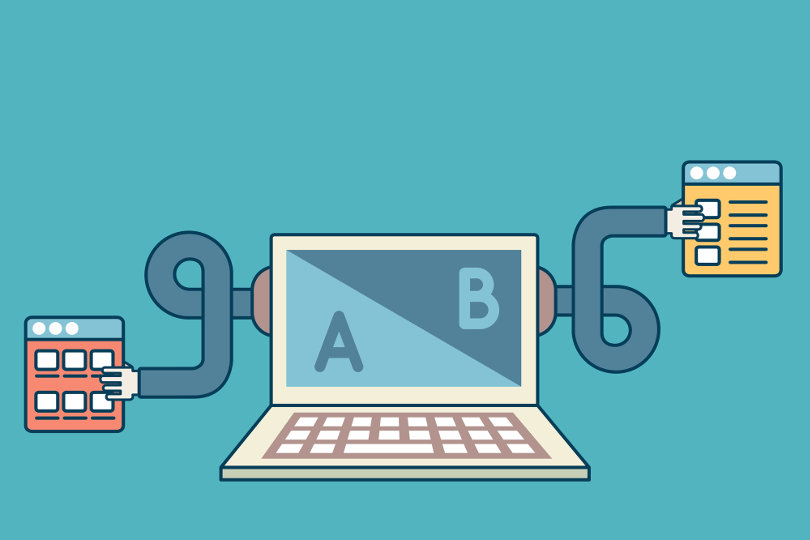Innovation is the lifeblood of any successful business, but not all ideas are created equal. Idea testing is a crucial step in the innovation process, allowing businesses to evaluate the viability of their concepts before investing time and resources into development. In 2024, the landscape of idea testing has evolved with advancements in technology and changes in consumer behavior.
In this article, we’ll explore the best practices for idea testing in 2024 and how businesses can ensure they’re doing it right.
![]()
The Importance of Idea Testing
Before diving into the specifics of idea testing in 2024, let’s first understand why it’s essential. Idea testing serves several critical purposes:
- Validation: Idea testing helps validate whether a concept has potential and resonates with the target audience. It allows businesses to gather feedback early in the process and make informed decisions about which ideas to pursue further.
- Risk Mitigation: By testing ideas before fully committing to them, businesses can mitigate the risk of investing resources into projects that may not succeed in the market. Idea testing helps identify potential flaws or shortcomings that can be addressed before launch.
- Optimization: Idea testing provides valuable insights that can be used to refine and optimize concepts. By understanding customer preferences and pain points, businesses can tailor their offerings to better meet the needs of their target audience.
Furthermore, in today’s fast-paced business environment, idea testing also helps businesses stay agile and responsive to changing market dynamics. By continuously testing and iterating on ideas, businesses can adapt to evolving consumer preferences and stay ahead of the competition.
Best Practices for Idea Testing in 2024
In 2024, idea testing has evolved to encompass a range of methodologies and tools. Here are some best practices to ensure you’re conducting idea testing effectively:
1. Leverage Data Analytics
Utilize data analytics tools to gather quantitative insights about customer preferences and behaviors. Analyze trends, patterns, and metrics to identify areas of opportunity and inform your idea testing process.
Moreover, data analytics can also help businesses identify emerging market trends and consumer behaviors, providing valuable insights that inform the ideation process. By leveraging data-driven insights, businesses can develop ideas that are not only innovative but also aligned with market demands.
2. Embrace Rapid Prototyping
Embrace rapid prototyping techniques to quickly iterate on ideas and gather feedback from stakeholders. Create minimum viable products (MVPs) or prototypes to test key features and functionalities with real users before investing in full-scale development.
Rapid prototyping allows businesses to validate assumptions, identify potential challenges, and gather early feedback from users, enabling them to make informed decisions about which ideas to pursue further. By rapidly iterating on prototypes, businesses can accelerate the innovation process and increase their chances of success in the market.
3. Conduct User Research
Conduct thorough user research to gain a deep understanding of your target audience’s needs, preferences, and pain points. Use qualitative research methods such as interviews, surveys, and focus groups to gather valuable insights that inform your idea testing process.
Furthermore, user research can also help businesses uncover unmet needs and pain points that present opportunities for innovation. By empathizing with users and understanding their challenges, businesses can develop ideas that address real-world problems and deliver meaningful value to their customers.

4. Utilize A/B Testing
Implement A/B testing methodologies to compare different variations of your ideas and determine which resonates best with your target audience. Test key elements such as messaging, design, and features to identify the most effective approach.
A/B testing allows businesses to make data-driven decisions about which variations of their ideas are most likely to succeed in the market. By testing different hypotheses and measuring their impact on user behavior, businesses can optimize their ideas for maximum effectiveness and engagement.
5. Iterate and Iterate Again
Embrace a culture of iteration and continuous improvement. Use the insights gained from idea testing to refine and optimize your concepts iteratively. Be open to feedback and willing to make adjustments based on what you learn from your testing efforts.
Moreover, iteration is not a one-time process but an ongoing journey of refinement and optimization. By continuously testing, learning, and iterating on ideas, businesses can stay responsive to changing market dynamics and maintain a competitive edge in today’s fast-paced business environment.
Conclusion
Idea testing is a critical component of the innovation process, particularly in a rapidly evolving business landscape. By following best practices for idea testing in 2024—such as leveraging data analytics, embracing rapid prototyping, conducting user research, utilizing A/B testing, and embracing iteration—businesses can increase their chances of success and ensure they’re bringing the most valuable ideas to market.

